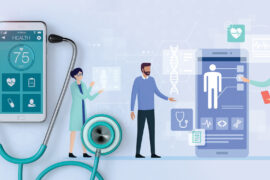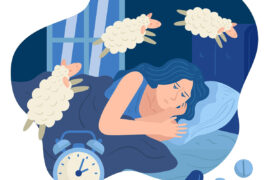UV Damage and Safety
The American Cancer Society has warned us that too much exposure to ultraviolet rays can cause skin damage and even cancer. Some populations are more susceptible than others, but UV rays can affect anyone. Though most UV ray exposure comes from the sun, some other sources can be sun lamps or tanning beds. So, what is a UV ray and how can you protect yourself from potential damage?
Electromagnetic radiation that causes effects from the sun and man-made sources is called UV radiation. With the radiation, signals are sent out from a source of energy. There is high-frequency radiation with lots of energy and low-frequency with low energy. UV rays fall somewhere in the middle and can affect DNA. UV rays are primarily divided into three categories. UVA, UVB, and UVC. UVC rays from the sun have higher energy levels than the other two types, but fortunately do not reach the earth’s surface.
UVA and UVB rays are the primary rays that can affect your skin. UVB rays are more potent and can cause some types of cancers, but both can damage your skin. Anyone’s skin and eyes can be affected. A UV Index indicates how intense UV light is on any given day on a scale of 1-11 plus. The higher the number, the greater your risk of exposure to sunburn and skin damage potential.
The following guidelines suggested by the American Cancer Society can help you to protect your skin this summer:
Wear clothing to protect yourself:
Cover your skin. Dark colors are more protective and dry clothing is more protective than wet.
Use sunscreen: These liquids/creams are placed on the skin as a filter and work in conjunction with other protective measures. SPF determines strength – apply it correctly for effectiveness.
Wear sunglasses: Make sure they block UV rays at a rate of 99-100 percent. They must be labeled and a large frame or wrap-around is best.
Wear protective headgear: A hat with
three-inch brim protects most areas of the head and face. A dark underside provides additional protection and shade caps work as well.
Offer assistance to children and other vulnerable groups.
Do not use sun lamps or tanning beds: Both expose the skin to UVA and UVB rays and can cause skin damage and lead to cancer.
Seek shade when possible while spending time outdoors.





